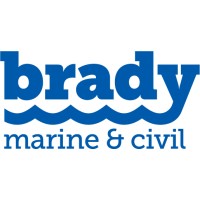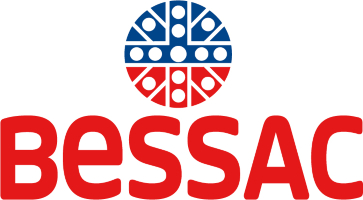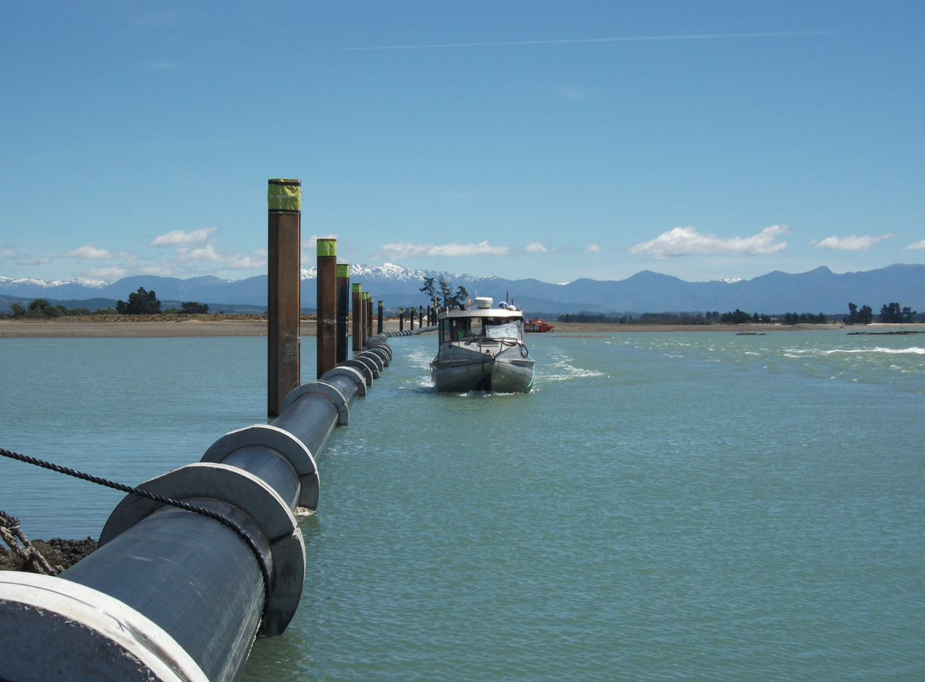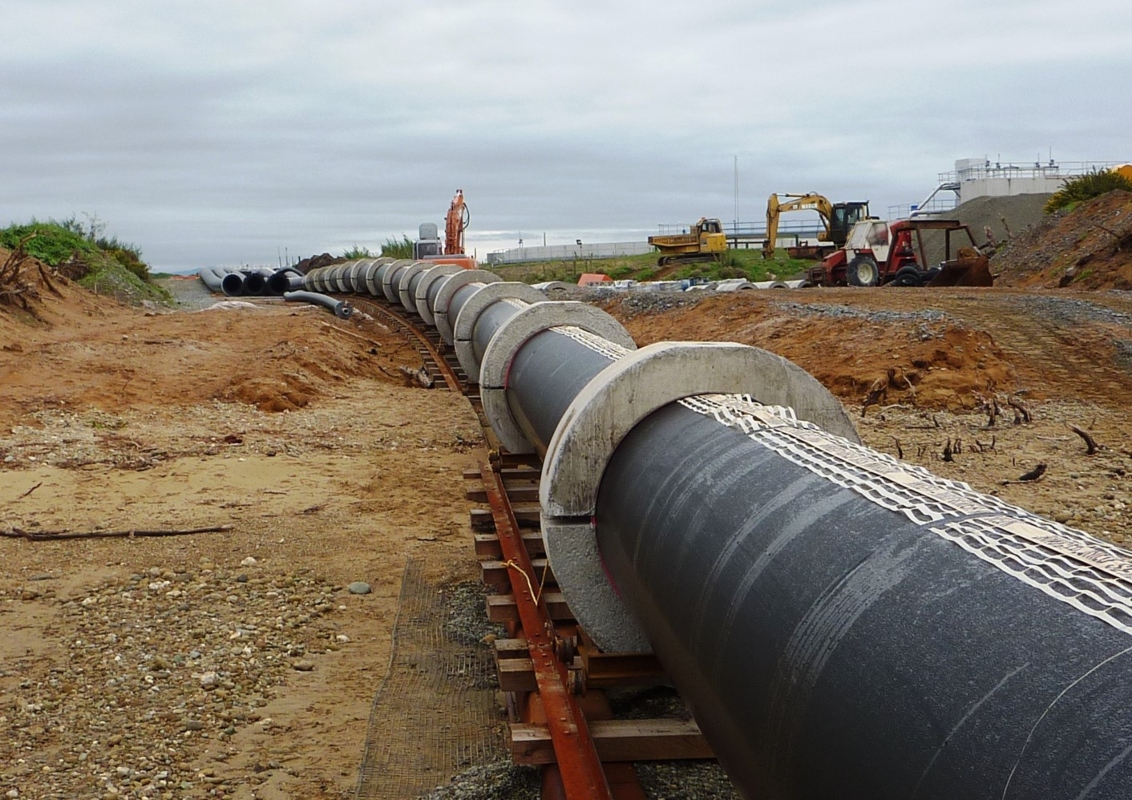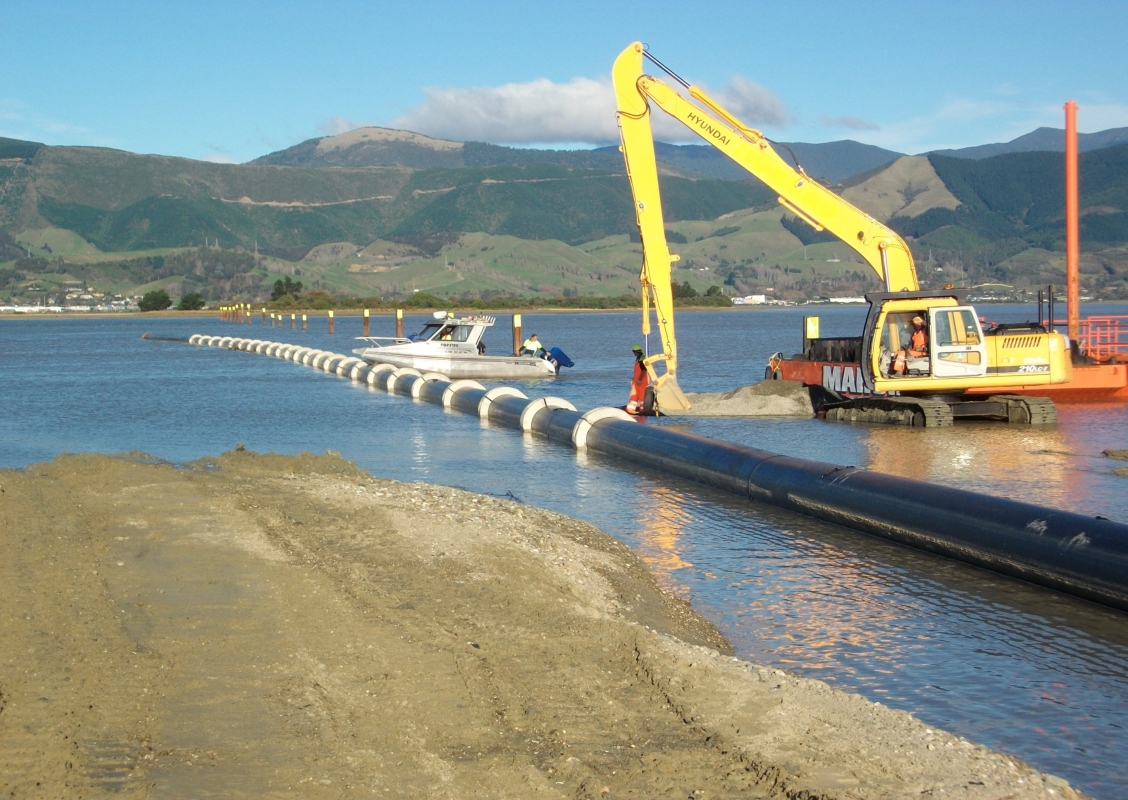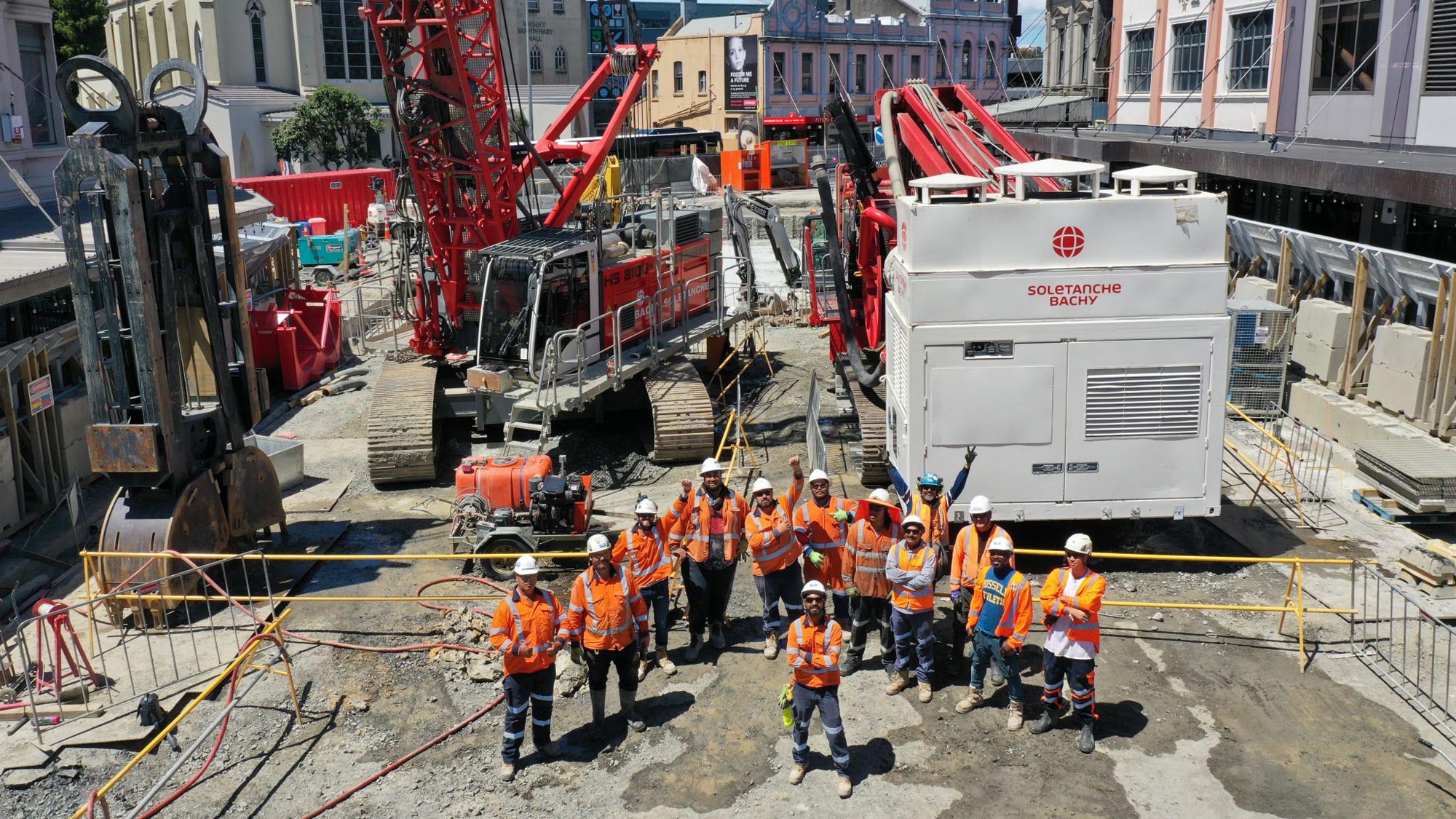Outfalls & Marine Installations
Technically challenging and award-winning innovation
March thrives on technically challenging projects for example, Outfalls and Marine Installations were working in very public, pristine and sensitive marine environments requires innovation, careful planning and implementation of robust controls to minimize construction risks.
March also benefits from the ability to call on the assistance of fellow Soletanche Bachy Group companies Bessac and Brady Marine to develop our Outfall solutions
Our processes
Construction of outfall pipelines and marine structures requires innovative approaches to construction techniques to minimize the quality, safety and environmental risks. Over many years, March has mastered a range of specialist techniques to successfully deliver outfall pipelines and marine installations and developed specific in-house methodologies, acquired a specialist fleet of cranes, barges and piling equipment relevant to near-shore marine works and personnel experienced in the use of this equipment and associated methodologies.
The process for installing HDPE outfall pipelines adopted previously by March involves welding HDPE pipes into long strings and utilising a railway track and light weight bogies to transport the pipe strings into position. Concrete anchor blocks are attached to the pipe to counterbalance the uplift forces of the submerged HDPE pipe. March utilizes barges for the purpose of excavating trenches and laying the pipeline on the seabed.
To secure the pipeline position against strong tidal currents, sheet piles are driven off a barge into the seabed along the alignment and pipe is tethered to the sheetpiles. Along with the use of excavators incorporating GPS systems, March engage specialist divers to visually check the final positioning during the process of sinking the pipeline into the seabed trench.

